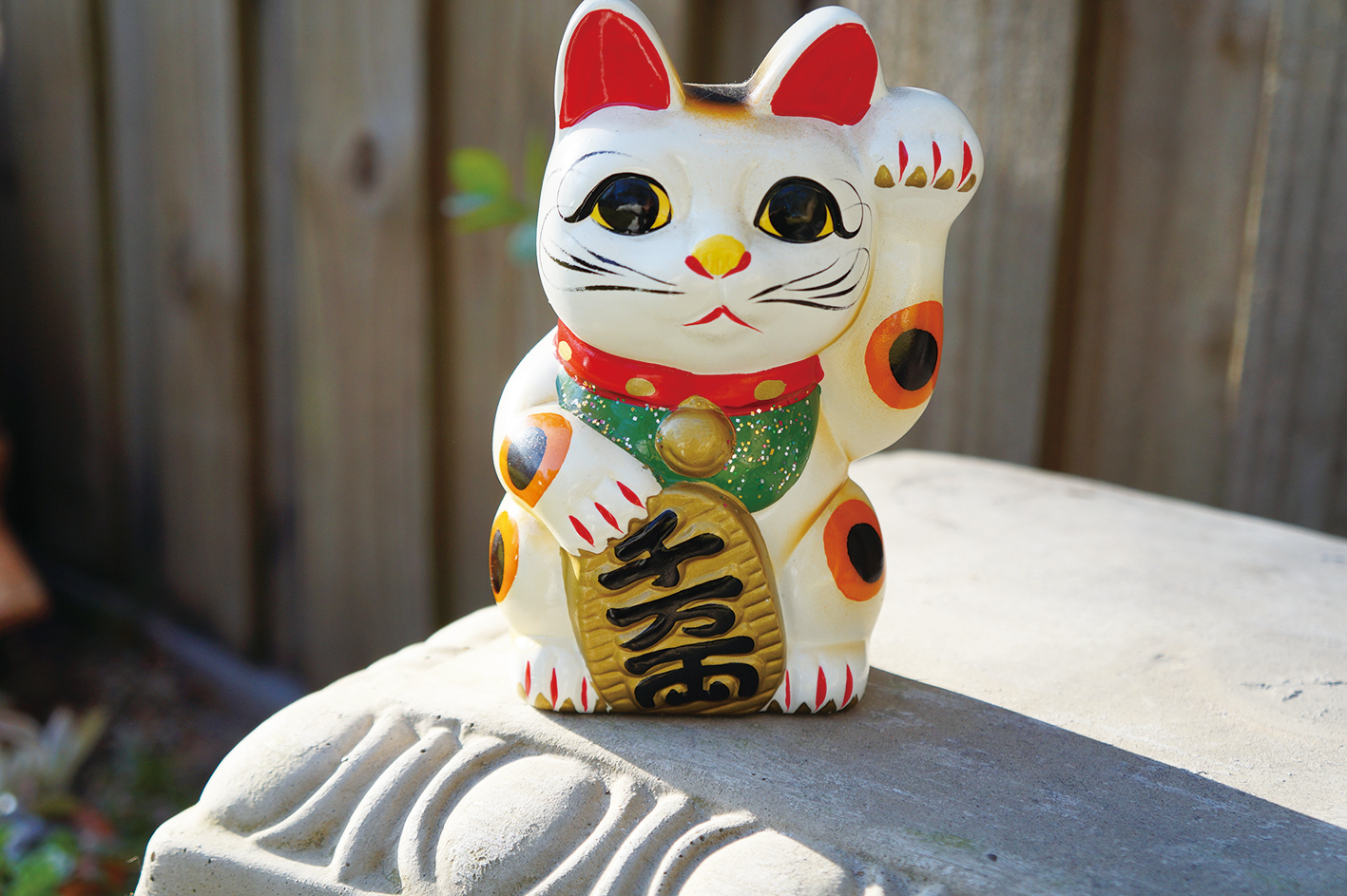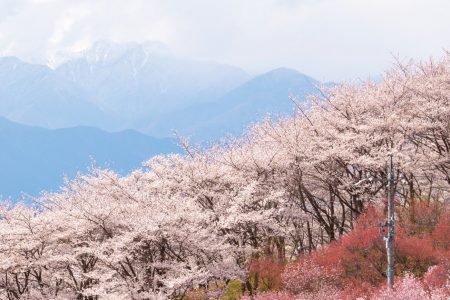
Written by Shunichi Ikeda (VisitingFellow, College of Asia and the Pacific,The Australian National University)
Co-writer: Miona Ikeda
The Japanese good luck cat
The maneki-neko is a traditional Japanese cat figurine, which is often believed to bring good luck to its owner. The word “maneki-neko ” comprises of two words – “maneki ”, which comes from the Japanese verb “maneku ”, meaning ‘to invite’ or ‘to beckon’, while “neko ” means ‘cat’.
The figurine usually depicts a cat with one paw raised, in a Japanese beckoning gesture. Some maneki-neko have mechanical paw movements, which move the raised paw back and forth, as though beckoning for good fortune. Maneki-neko are often found displayed in shops, restaurants, bars, hotels, and other businesses, generally near the entrance. Due to this placement at the shopfronts, or at the entrance of a home, for many Westerners, it may seem like the manekineko is waving, rather than beckoning.
However, in Japan, the beckoning gesture is made by holding up the hand, palm down, and repeatedly folding the fingers down and back, much like a cat pawing at something. Whereas, in most parts of the West, the beckoning gesture is made by holding up the hand, palm up, and motioning the hand towards yourself.
Different types of maneki-neko
There are many different types of manekineko, each with distinct features. A typical maneki-neko looks like a sitting Japanese calico cat, with the colours white, black and gold/orange. Below are some of the main variations (note: regional differences may exist).
Paw position:
■ Left paw raised: often said to be a female cat, this maneki-neko brings in luck related to people and relationships.
■ Right paw raised: often said to be a male cat, this maneki-neko brings in luck related to money and good fortune.
■ Both paws raised: as you might have guessed, both paws raised is a combination of the two above. However, some view the gesture of both paws raised as a sign of surrendering, and do not view these maneki-neko favourably.
Colours:
■ Gold maneki-neko : said to bring in wealth and prosperity, gold or yellow maneki-neko have also spread their popularity across other Asian countries.
■ Red maneki-neko : said to give protection from illness.
■ Black maneki-neko : while black cats in Western culture are thought to be a symbol of bad luck, black maneki-neko are said to ward off evil spirits.
Other objects:
■ Other paw holding a koban (a coin from the Edo period): symbolises wealth
■ Other paw holding a tai (a Red Snapper fish): symbolises abundance
■ Other paw holding a gōkaku (passing an exam/test) sign: symbolises success
■ Other paw holding a taiko (Japanese drum): symbolises business prosperity
Author
Dr Shunichi Ikeda
BA Hons (ANU)
Senior Lecturer, School of Culture, History & Language
ANU College of Asia and the Pacific












